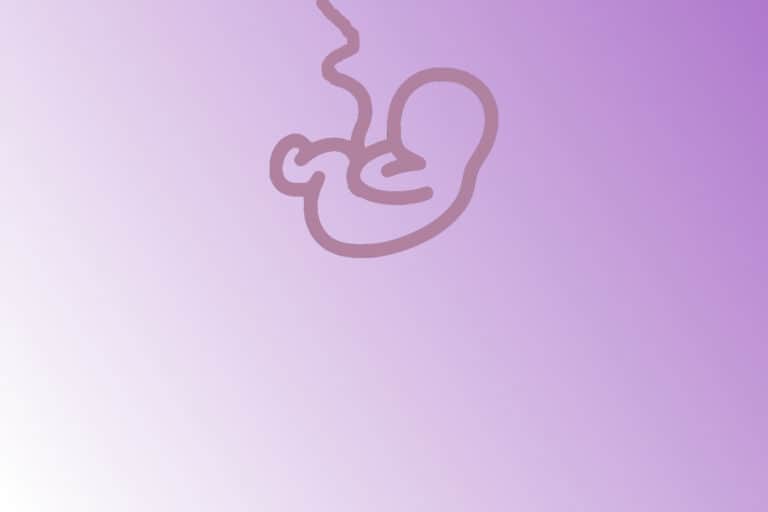Perinatal asphyxia
Perinatal asphyxia = antepartum or intrapartum hypoxia, hypercapnia and acidosis associated with organ dysfunction (predominantly ventilation, circulation and neurologic impairment) Ventilation changes Compensatory tachypnea => primary apnea => gasping => secondary apnea Gasping causes aspiration of amniotic fluid (possibly with meconium) Continued secretion (absence of reversal) through alveolar-capillary membrane => increased amount of fluid…


